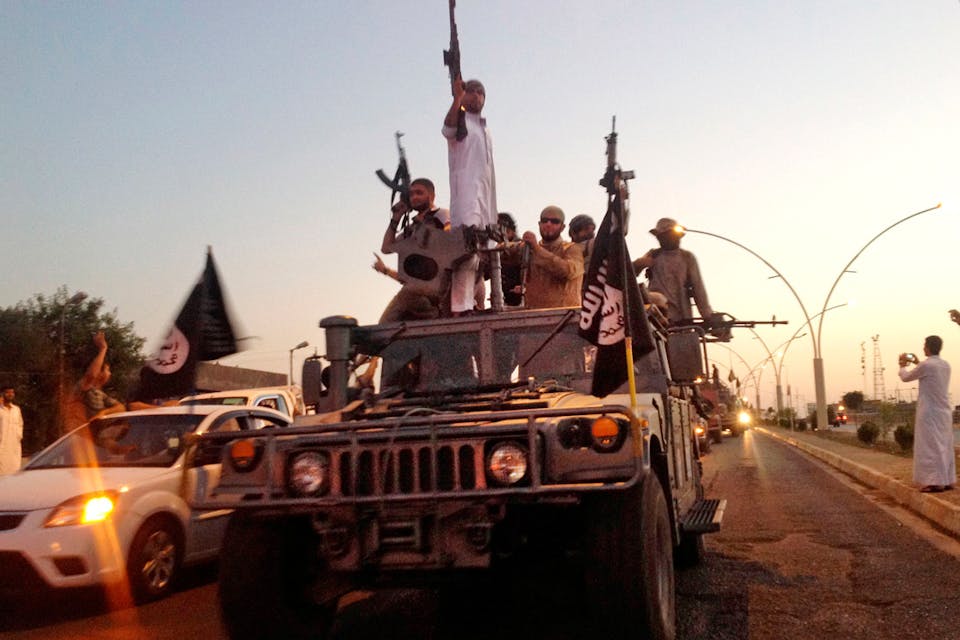
September 3, 2015
How to Destroy Islamic State (and How Not To)
Why has a ragtag force been able to hold out against the most powerful country in the world? Because America's regional strategy is based on false precepts.
On June 10, 2014, a little over a year ago, the forces of the Islamic State of Iraq and Syria (IS) shocked the world by seizing Mosul, the second largest city in Iraq. The government in Baghdad watched helplessly as its security forces crumbled and tens of thousands of residents fled their homes. Less than three weeks later, IS proclaimed itself the caliphate—that is, the legitimate successor to the state led by the Prophet Muhammad—thus casting its victory as the start of a new era of Islamic ascendancy.
The rise of IS electrified Islamist extremists around the world. It also embarrassed President Barack Obama, who only months before had jauntily dismissed it as the “jayvee [junior varsity] team” and had repeatedly promised the American people an end altogether to conflict in the Middle East. “I said I’d end the war in Iraq, and I ended it” he boasted during the 2012 election. But now, although the president may not have been interested in war, war, to paraphrase Leon Trotsky, was decidedly interested in him. Soon a rising chorus of voices at home would be demanding decisive military action to roll back IS.
The president temporized for as long as he could. But when IS released videos of its beheadings of the American journalists Steven Sotloff and James Foley, outraged public opinion forced his hand. On September 10, 2014, three months to the day after the fall of Mosul, he announced a policy “to degrade and ultimately destroy” IS. In pursuit of that goal, he quickly assembled a vast military coalition numbering some 60 nations.